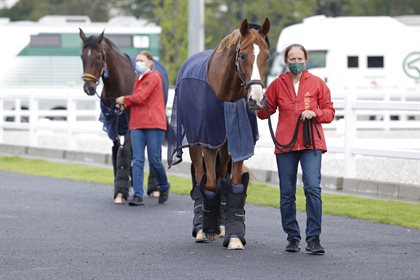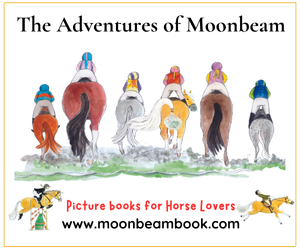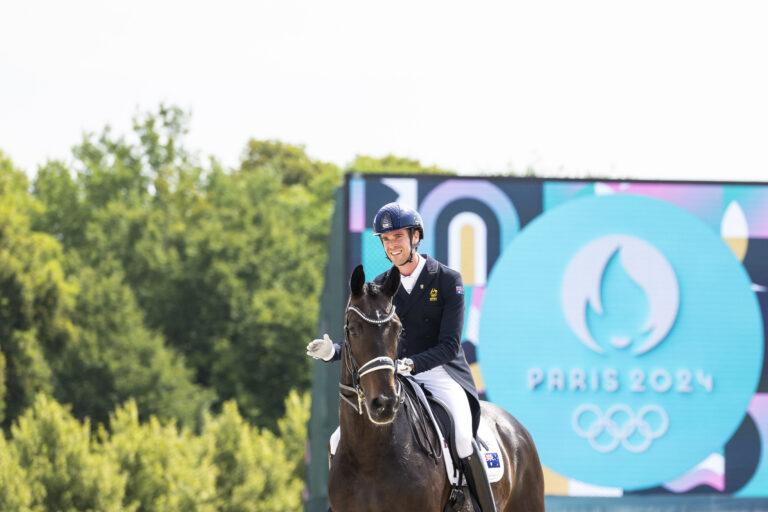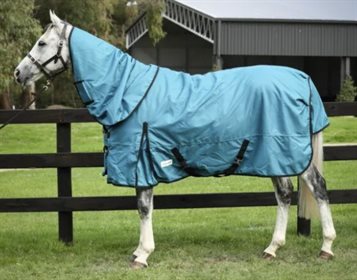Dressage Groom Stefanie Wiegan (GER) greets Bella Rose at EQP having just arrived from Haneda Airport in Tokyo, Japan. © FEI/Yusuke Nakanishi
A record number of countries – 50 – will be competing in the equestrian events at the Tokyo 2020 Olympic Games following the introduction of new formats that limit teams to three members, meaning that more countries will have the opportunity to compete on the Olympic stage than ever before.
A total of seven countries will be fielding full teams in all three Olympic disciplines, including the host nation Japan. The others are Australia, France, Germany, Great Britain, Sweden and United States of America.
Unique gender equality
Equestrian is the only sport in the Olympic movement in which men and women compete head to head throughout the Games, making it a totally gender neutral sport. And the FEI doesn’t need a policy regarding transgender athletes as there are no requirements for our athletes to state their gender in order to participate in FEI competitions, or at the Olympic and Paralympic Games.
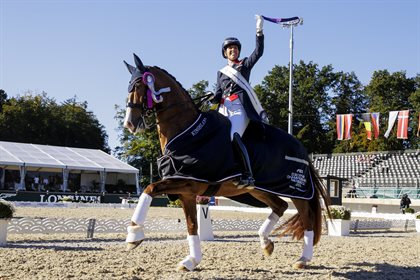
British athlete Charlotte Fry at Liege airport prepares for her horse’s flight. © FEI/Leanjo de Koster
Equestrian is not a gender-affected sport that relies on the physical strength, stamina and physique of an athlete as there are no gender based biological advantages. Success in equestrian is largely determined by the unique bond between horse and athlete and refined communication with the horse.
Sustainability:
Sustainability is a key theme across the Games, and equestrian is very much a part of that. In line with Pillar 1 of the IOC Sustainability Strategy: Minimum Environmental Burden, the redevelopment of the Japan Racing Association-owned Baji Koen Park as the equestrian venue for Tokyo 2020 has minimised environmental impact and ensured the legacy of the venue used for the Tokyo Games in 1964.
“The original plan for equestrian put forward by the Tokyo Organising Committee was for a totally temporary venue in the Tokyo Bay area, but when the FEI was consulted on this as an option, we pushed for the alternative which was to re-use the 1964 Olympic equestrian venue at Baji Koen,” FEI Secretary General Sabrina Ibáñez says. “This was the optimal choice from a sustainability perspective as it minimises environmental impact, but it also ensures the legacy of this wonderful venue.”

British Groom Alan Davies prepares Gio for the flight to Tokyo. © FEI/Leanjo de Koster
The Tokyo Organising Committee of the Olympic & Paralympic Games (TOCOG) has incorporated a further sustainability initiative into the equestrian venue with the incineration of used bedding from the horses’ stables for power generation.
And aligned with Pillar 2 of the IOC Sustainability Strategy: Urban environment plans harmonising with nature, only native species that integrate well with local flora and fauna have been planted at the Sea Forest cross country venue. This includes the use of a native grass species, Zoysia japonica, for the footing on the course itself.
Olympic equestrian involves three disciplines, with a quota of 200 starters in total:
Equestrian Dressage (60 starters)
Equestrian Eventing (65 starters)
Equestrian Show Jumping (75 starters)
Countries per Olympic discipline
Equestrian Dressage – 30 NOCs represented: AUS, AUT, BEL, BRA, CAN, CHI, DEN, DOM, ESP, EST, FIN, FRA, GBR, GER, IRL, ITA, JPN, KOR, LUX, MAR, MEX, NED, POR, ROC, RSA, SGP, SUI, SWE, UKR & USA.
Equestrian Eventing – 29 NOCs represented: AUS, AUT, BEL, BLR, BRA, CAN, CHN, CZE, DEN, ECU, ESP, FRA, GBR, GER, HKG, IND, IRL, ITA, JPN, NED, NZL, POL, PUR, ROC, RSA, SUI, SWE, THA & USA.
Equestrian Show Jumping – 35 NOCs represented: ARG, AUS, BEL, BRA, CAN, CHI, CHN, COL, CZE, DEN, DOM, EGY, ESP, FRA, GBR, GER, IRL, ISR, ITA, JOR, JPN, LAT, MAR, MEX, NED, NOR, NZL, POR, SRI, SUI, SWE, SYR, TPE, UKR & USA.
Competition dates per discipline
Equestrian Dressage – 24, 25 & 27 July (team final), 28 July (individual final)
Equestrian Eventing – 30 & 31 July (Dressage), 1 August (Cross Country), 2 August (Jumping – team & individual finals)
Equestrian Show Jumping – 3 & 4 August (individual final), 6 & 7 August (team final)
Age requirements
There are minimum age requirements for all three of the Olympic disciplines, for both human and equine athletes, but there is no maximum age.
Olympic Games
Equestrian Dressage: All Athletes must be born on or before 31 December 2005 (16 years of age). All Horses must be born on or before 31 December 2013 (eight years of age).
Equestrian Eventing: All Athletes must be born on or before 31 December 2003 (18 years of age). All Horses must be born on or before 31 December 2013 (eight years of age)
Equestrian Show Jumping: All Athletes must be born on or before 31 December 2003 (18 years of age). All Horses must be born on or before 31 December 2012 (nine years of age).
Paralympic Games
Paralympic Games: there is just one Paralympic discipline, Para Equestrian Dressage, with 78 starters
Para Equestrian Dressage – 27 NPCs represented: AUS, AUT, BEL, BRA, CAN, CZE, DEN, FIN, FRA, GBR, GER, HKG, IRL, ITA, JPN, KSA, LAT, MEX, NED, NOR, POR, RPC, RSA, SGP, SUI, SWE & USA.
A total of 16 countries will be fielding full teams.
Competition dates: Para Equestrian Dressage – 26-30 August
Age requirements
There are minimum age requirements for Para Equestrian Dressage at the Paralympic Games, for both human and equine athletes, but there is no maximum age.
Para Equestrian Dressage: From and including the year in which they reach their 16th birthday, Athletes are eligible to take part in the Para Equestrian Dressage Competitions. Horses must be born on or before 31 December 2015 (six years of age – the age being counted from 1 January of the year of birth).
Click here for more information on Equestrian at the Olympic Games.
Source: FEI media release
READ THE LATEST NEWS ARTICLES HERE

